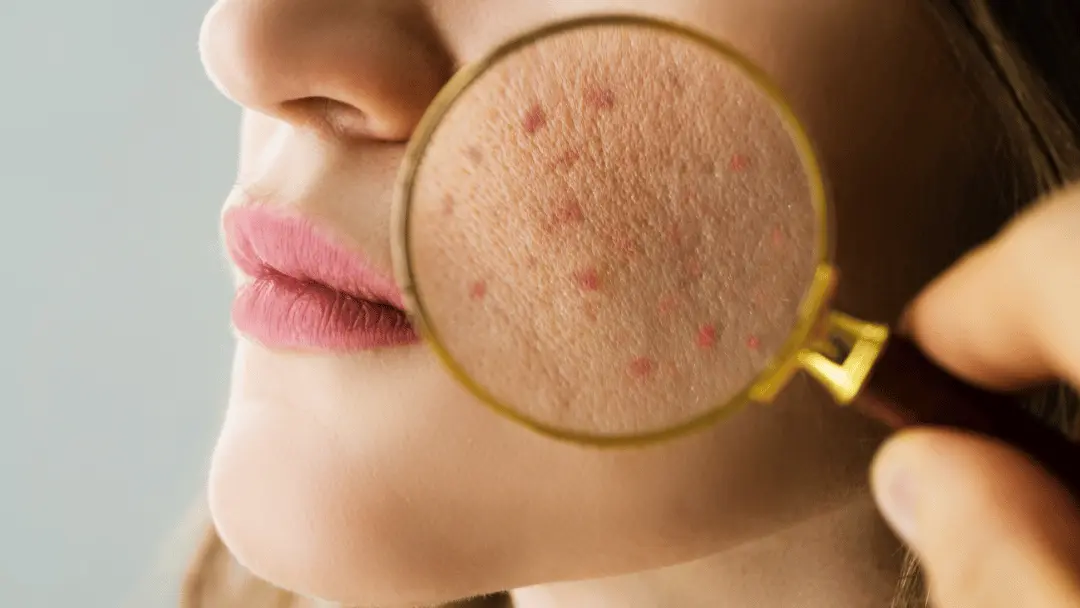Consult a professional for mohs surgery for skin cancer with a certified specialist.
Consult a professional for mohs surgery for skin cancer with a certified specialist.
Blog Article
Navigating Skin Cancer Cells Therapy: The Important Duty of Mohs in Modern Dermatology Practices
Skin cancer cells, a difficult medical diagnosis, often leaves clients grappling with countless treatment alternatives. Among these, Mohs surgery stands as a beacon in modern-day dermatology, renowned for its meticulous method to cancer cells removal and preservation of surrounding healthy and balanced tissue. This cutting-edge method promises not just exceptional cosmetic end results but also uses immediate results, alleviating patient anxiousness. As we check out the details of this procedure, one will certainly value its critical duty in skin cancer therapy.
Comprehending Skin Cancer Cells: Kinds and Risks
Skin cancer, a potentially lethal condition, is much extra prevalent than lots of people understand. This condition, triggered by the uncontrolled growth of abnormal skin cells, mainly results from DNA damages because of direct exposure to the sunlight and ultraviolet (UV) light. There are 3 major sorts of skin cancer cells: Basic cell cancer, Squamous cell cancer, and Cancer malignancy. While the previous 2 are much less dangerous and compose the bulk of detected instances, cancer malignancy is the most dangerous. It accounts for just concerning 1% of skin cancer cells situations yet creates the substantial bulk of skin cancer cells fatalities - dermatologist. Threat elements include fair skin, history of sunburn, too much sunlight direct exposure, living at high altitudes or near the equator, having many moles, a family background of skin cancer cells, and deteriorated body immune system.
What Is Mohs Surgical treatment and Just How It's Revolutionizing Skin Cancer Therapy
In spite of the numerous therapies currently readily available for skin cancer, Mohs surgical procedure stands apart as a groundbreaking and very effective option. Named after Frederic E. Mohs, the doctor that developed the procedure, Mohs surgical procedure is an accurate medical technique used to deal with skin cancer. Throughout the treatment, thin layers of cancer-containing skin are progressively gotten rid of and examined up until just cancer-free cells remains. This technique permits the surgeon to verify that all cancer cells have actually been removed at the time of surgical treatment. This degree of accuracy, incorporated with the ability to spare as much healthy tissue as possible, is changing skin cancer cells treatment. Consequently, Mohs surgical treatment has actually come to be a keystone of modern dermatology practices.
The Advantages of Mohs Surgical Treatment Over Typical Skin Cancer Cells Therapies
Building on the cutting-edge nature more info here of Mohs surgery, it's necessary to consider its numerous advantages over typical skin cancer treatments. Unlike common procedures, Mohs offers a higher remedy price, frequently reaching 99% for newbie therapies and 94% for reoccurring cancers. In addition, it minimizes damage to healthy skin, leading to less scarring and enhanced aesthetic end results.
The Treatment of Mohs Surgery: What to Expect During the Process

Potential Side Results and Post-Operative Treatment of Mohs Surgical Treatment
Undertaking Mohs surgical procedure, like any other surgery, involves potential adverse effects that patients ought to be aware of. Common adverse effects include pain, bruising, and swelling at the surgical treatment website. Nonetheless, these are typically momentary and convenient with over-the-counter pain medication and ice bag. In rare cases, clients may experience infection, bleeding, or an allergy to the regional anesthetic. Post-operative treatment is critical to recovery and minimizing adverse effects. This usually includes maintaining the wound clean and dry, taking proposed medicines, and preventing Visit Your URL laborious tasks. Individuals ought to likewise go to all follow-up visits for wound care and monitoring. Sometimes, extra treatments might be essential to make certain full elimination of the malignant cells. Abiding by these post-operative care guidelines can significantly enhance recovery and end results.
Conclusion

Report this page